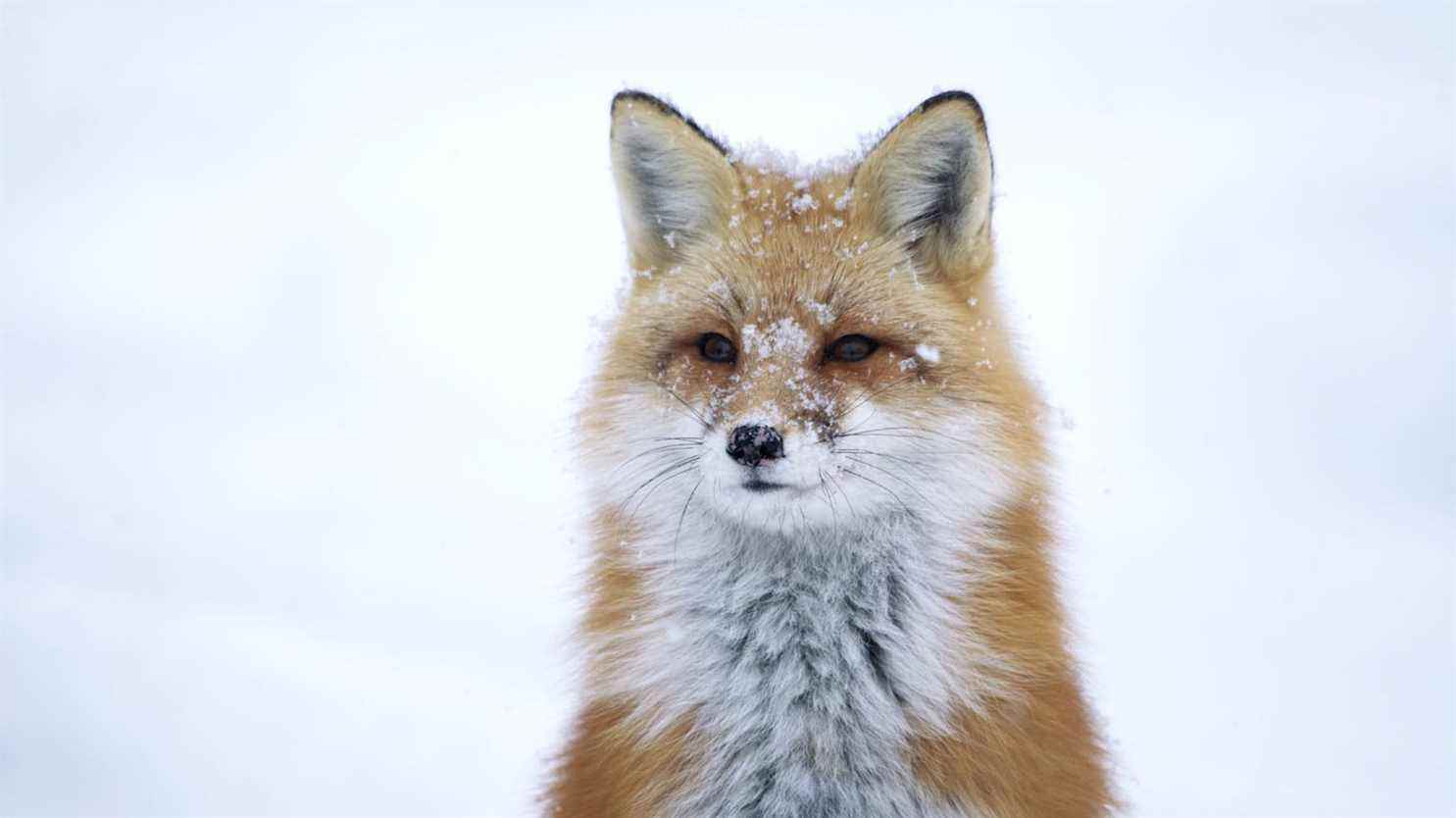As the winter season is ending, Cyril Brabançon and Jacqueline Farmer are offering to make it last a bit with Snow, their documentary which hits theaters on April 1st. These two nature lovers wanted to understand how these flakes that have the power to amaze us are more than ever at the heart of economic, environmental and strategic issues.

Their approach: to follow the progression of a winter depression in different parts of the world (in France but also in the United States, Iceland, Scandinavia, Poland) to understand what happens when the snow arrives, how nature, animals and men adapt to this element.

A meteorologist follows this journey to decipher global warming, its consequences on snow cover and the impact of these changes on animal and plant species.
To understand these issues, the directors called on winter sports resorts. “We realized that it was a real taboo to talk about it in the stations”, says Cyril Barbançon. That of Orres, located between 1650m and 2720m in the Hautes-Alpes, is at the heart of history. In winter, its inhabitants live to the rhythm of the snow which has shaped their daily life, their traditions and the local economy.
Its scarcity raises many questions. Losing the snow also means losing a number of things, and not just at the economic level. For Cyril Brabançon, “we are not going to stop global warming”: “But we can reduce its impact and become aware of the link we have with these questions”he says.
For Snow, Cyril Brabançon has returned to 3D. He himself designed a camera to film in relief. A device he has already used in 2015 on the film Hurricane, the odyssey of a wind. Co-directed with Jacqueline Farmer and Andy Byatt, the documentary recounts the journey of more than 15,000 km of Hurricane Lucy, its birth in Africa, its passage over the Atlantic and its death a month later in America. An odyssey followed on the ground by meteorologists, hurricane hunters and astronauts from the International Space Station (ISS). With 3D, the directors had been able to show the hurricane in all its dimensions, accentuating the derisory position of man in the face of the elements.
For Snow, the approach is a bit different. It is done by installing the camera in a lookout hut. Thanks to a very large camera, we can capture animal scenes, in privacy.

The relief is an invitation to meet the animals. There is a stronger carnal and emotional connection.
Cyril BrabanconDirector
Born in 1971 in Haute-Savoie, Cyril Brabançon did not immediately turn to image and directing. Trained as a cook – he spent a few years in Pierre Gagnaire’s brigades – he left this universe to devote himself to the image. A conscientious objector, Cyril does his civil service in a center for wild animals. This is where he learned animal photography and environmental education.
In 1998, he made his first short documentary titled Red dwarf, a squirrel’s life. Subsequently, he made films for Arte, France 3 and Canal Plus, following many animal species (killer whales, humpback whales, lynx, bats, marmots, wolves…). A genius and technology-savvy handyman, he built with a small team an airship called Soulcam (marketed by Panavision) which allows very fluid images of nature and animals to be shot.
The Grenoble public will be able to discover his two films on April 1, at 6:30 p.m. at Pathé Chavant, 21 boulevard Marechal Lyautey in Grenoble. Hurricane and Snow will be screened, followed by a meeting with Cyril Brabançon, Vincent Neirinck (Mountain Wilderness), Philippe Dubois (France Nature Environnement Isère) and Marie Dumont (Snow Study Centre).
